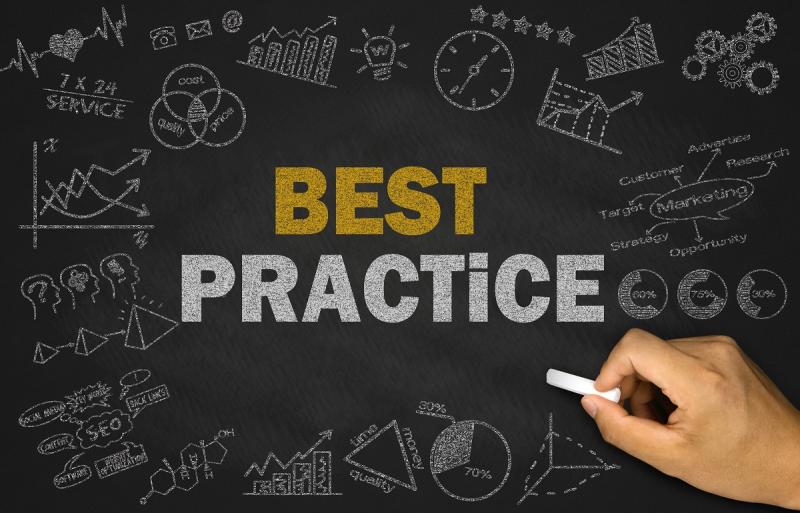
Article
6 Proven Pharma Marketing Best Practices You Can Start in 2021
The ever-evolving healthcare marketing environment keeps brand managers on their toes. Thankfully, there are sustainable best practices that are effective no matter what changes occur. Let’s take a look at six proven practices that have worked for leading brands.
1. Make Your Brand More Personal
In this case, it’s not about personalizing your marketing content but defining your brand as relatable to your audience. Create a personal connection by highlighting personal qualities of key leaders. Go beyond academic and professional achievements and embed a personal fact or two. Create profiles that build confidence and trust while expressing the human nature of your organization. Novartis has been a leader in personalizing executive bios by including individual missions, interests, and family statuses.
2. Use Case Studies to Prove Value
Real-world examples often tend to drive interest in pharma products. Case studies are effective because they illustrate how your products can impact the lives of medical professionals and the patients they treat. Not only are you able to convey drug benefits but you’re also able to describe outcomes in actual settings. For instance, you can add HCP stories, such as this one from Novartis, to inspire confidence in your solutions.
3. Provide Visual Aids for Physicians
From interactive multimedia to colorful printed posters, visual aids continue to be effective sales support tools. They have been important for making inroads with hyper-busy HCPs and in providing patient education when displayed in healthcare settings. Pfizer was the first major brand to adopt tablets with the express purpose of deploying interactive visual aids globally in 2005. Visual aids can help physicians make decisions faster and drive consumption within their patient rosters.
4. Reveal Behaviors With Analytics
These days, data is driving decisions more than ever. This gives you an excellent opportunity to collect and analyze data – both first-party and second-party datasets – in order to maximize sales effectiveness. While many have invested in data-oriented technologies, it is still early for the industry to adopt analytics as a whole. Brands such as McKesson Health have seen success by leading their marketing strategies with data analytics.
Most of today’s marketing platforms have an analytics component, and many provide ways for you to connect other data sources, such as journal websites and other research resources.
5. Move HCP Prospects Into A Conversion Funnel
While it might seem reasonable to provide an abundance of information to time-constrained healthcare providers in a single content resource, you gain more customer insights and move leads closer to sales calls by staging key information packets along a continuum of increasingly valuable touchpoints. While the journey through the conversion funnel may not be linear path to a sales call, enabling busy HCPs to get closer to your brand via a multi-touch approach allows curiosity and interest to build.
6. Use an Omnichannel Approach
Some pharma brands continue to use a disconnected multichannel strategy, but audience expectations have changed. They want a seamless connection between what they experience on different channels, which includes online and offline media. For example, a physician’s experiences between a banner ad, a landing page, a brand video on YouTube, and an email should be integrated so that physician receives the same messaging, content, and offer across the entire journey. A 2017 PDF from Digital Clarity Group offers guidance on an omnichannel journey strategy.
Elsevier provides opportunities to attract and engage busy HCPs through our multimedia advertising options. Take a closer look today!
Article Written by: Alex Brown


